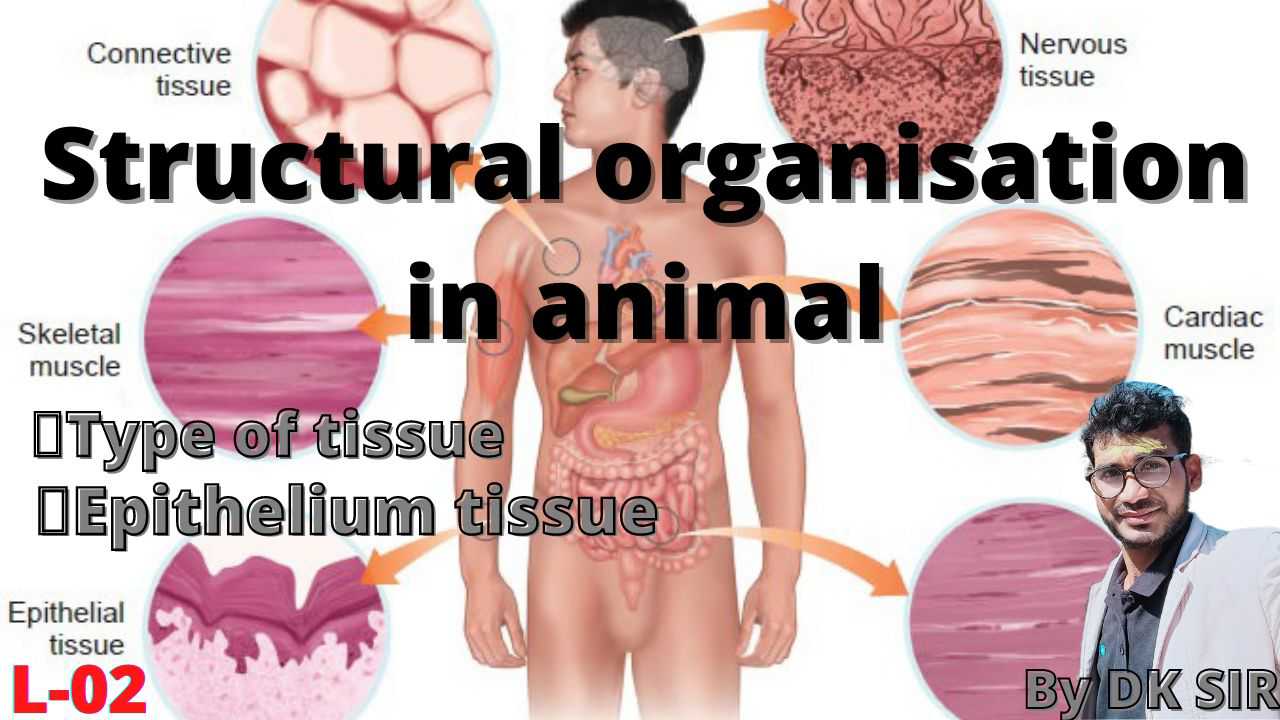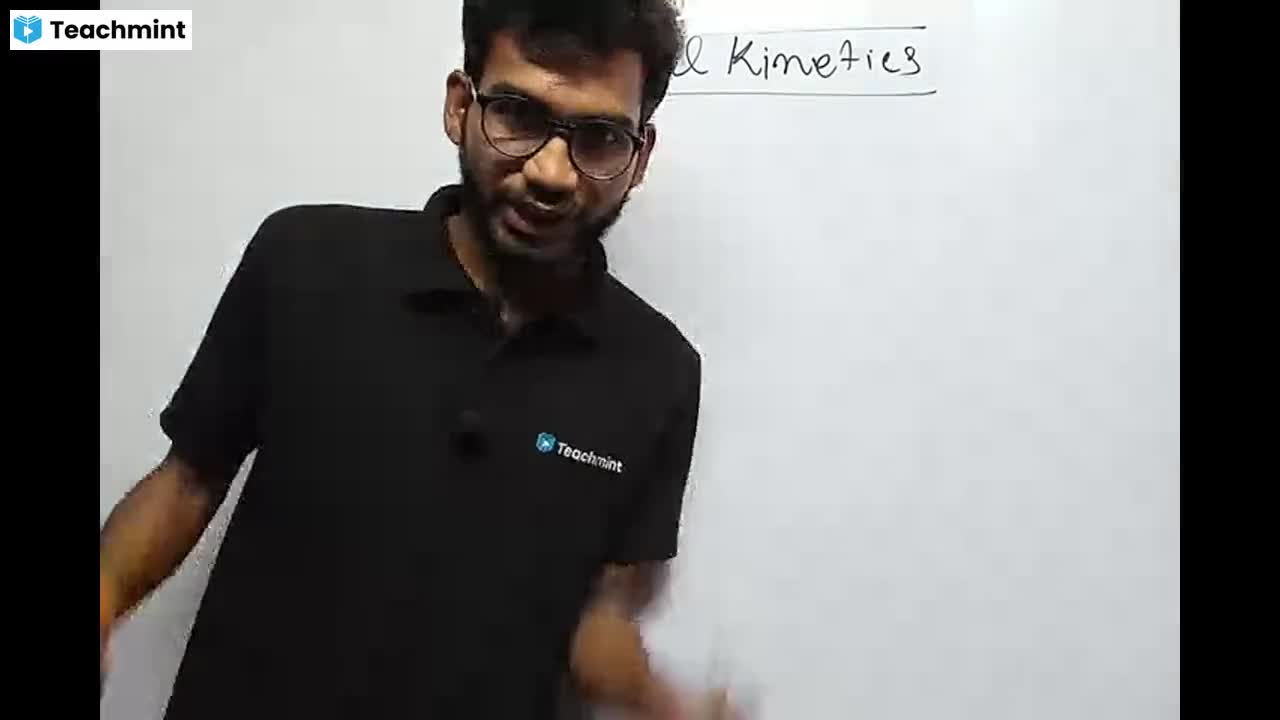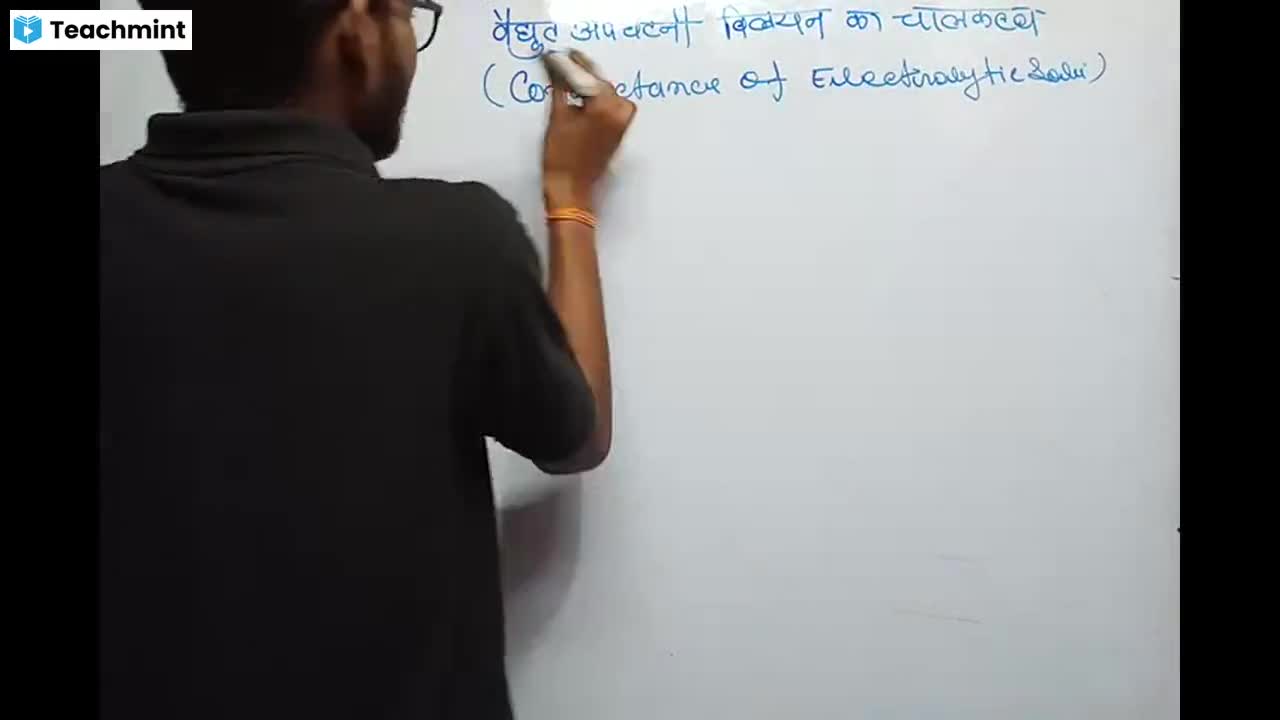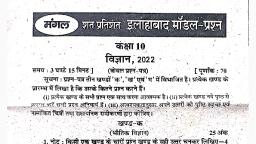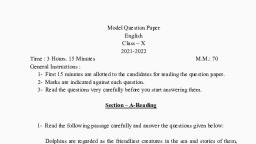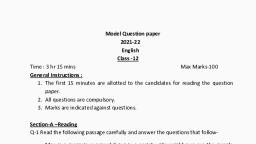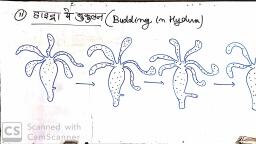Question 1 :
In the relation {tex} x = \cos ( \omega t + k x ) , {/tex} the dimension(s) of {tex} \omega {/tex} is/are
Question 6 :
The values of kinetic energy {tex} \mathrm { K } {/tex} and potential energy {tex} \mathrm { U } {/tex} are measured as follows: {tex} \mathrm { K } = 100.0 \pm 2.0 \mathrm { J } , \mathrm { U } = 200.0 \pm 1.0 \mathrm { J } . {/tex} Then the percentage error in the measurement of mechanical energy is -
Question 8 :
Number of significant figures in expression {tex} \frac { 4.327 \mathrm { g } } { 2.51 \mathrm { cm } ^ { 3 } } {/tex} is<br>
Question 9 :
What is the correct number of significant figures in {tex} 0.0003026 ? {/tex}
Question 10 :
If unit of length and force are increased {tex}4{/tex} times. The unit of energy
Question 11 :
If {tex} Z = A ^ { 3 } , {/tex} then {tex} \frac { \Delta Z } { Z } = {/tex}
Question 12 :
A thin copper wire of length {tex} l {/tex} metre increases in length by {tex} 2 \% {/tex} when heated through {tex} 10 ^ { \circ } \mathrm { C } {/tex}. What is the percentage increase in area when a square copper sheet of length {tex} l {/tex} metre is heated through {tex} 10 ^ { \circ } \mathrm { C } ? {/tex}
Question 13 :
The pitch and the number of circular scale divisions in a screw gauge with least count {tex} 0.02 \mathrm { mm } {/tex} are respectively
Question 14 :
The pitch of the screw gauge is {tex} 0.5 \mathrm { mm } {/tex}. Its circular scale contains {tex}50{/tex} divisions. The least count of the screw gauge is
Question 15 :
In equation, {tex} \mathrm { r } = \mathrm { m } ^ { 2 } \sin \pi \mathrm { t } , {/tex} where t represents time. If the unit of {tex} \mathrm { m } {/tex} is {tex} \mathrm { N } {/tex}, then the unit of {tex} \mathrm { r } {/tex} is
Question 16 :
Distance travelled by a particle at any instant {tex}\mathrm{'t'}{/tex} can be represented as {tex}\mathrm{ S = A ( t + B ) + C t ^ { 2 }} . {/tex} The dimensions of {tex}\mathrm{B}{/tex} are
Question 17 :
If {tex}\mathrm L = 2.331 \mathrm { cm } ,\mathrm B = 2.1 \mathrm { cm } , {/tex} then {tex} \mathrm { L } + \mathrm { B } = {/tex}
Question 18 :
In the eqn. {tex} \left( \mathrm { P } + \frac { \mathrm { a } } { \mathrm { V } ^ { 2 } } \right) ( \mathrm { V } - \mathrm { b } ) = {/tex} constant, the unit of {tex}\mathrm{a}{/tex} is
Question 19 :
Which one of the following represents the correct dimensions of the gravitational constant?
Question 20 :
Young's modulus of steel is {tex} 1.9 \times 10 ^ { \mathrm { 11 } } \mathrm { N } / \mathrm { m } ^ { 2 } {/tex} When expressed in CGS units of dyne/cm {tex} ^ { 2 } {/tex}, it will be equal to {tex} \left( 1 \mathrm { N } = 10 ^ { 5 } \mathrm { dyne } , 1 \mathrm { m } ^ { 2 } = 10 ^ { 4 } \mathrm { cm } ^ { 2 } \right) {/tex}
Question 21 :
Error in the measurement of radius of a sphere is {tex} 1 \% . {/tex} Then error in the measurement of volume is
Question 22 :
A boy recalls the relation almost correctly but forgets where to put the constant {tex} c {/tex} (speed of light). He writes; {tex} m = \frac { m _ { 0 } } { \sqrt { 1 - v ^ { 2 } } } , {/tex} where mand {tex} m _ { 0 } {/tex} stand for masses and {tex} v {/tex} for speed. Right place of {tex} c {/tex} is
Question 23 :
Let {tex} Q {/tex} denote the charge on the plate of a capacitor of capacitance {tex} C . {/tex} The dimensional formula for {tex} \frac { Q ^ { 2 } } { C } {/tex} is
Question 25 :
The quantity having the same units in all systems of units is
Question 26 :
The division of energy by time is {tex} \mathrm { X } . {/tex} The dimensional formula of {tex} \mathrm { X } {/tex} is same as that of
Question 27 :
Which one of the following represents the correct dimensions of the coefficient of viscosity?
Question 28 :
The heat generated in a circuit is given by {tex} Q = I ^ { 2 }Rt {/tex} , where {tex} \mathrm I {/tex} is current, {tex} R {/tex} is resistance and {tex} \mathrm t {/tex} is time. If the percentage errors in measuring {tex}I, R {/tex} and t are {tex} 2 \% , 1 \% {/tex} and {tex} 1 \% {/tex} respectively, then the maximum error in measuring heat will be
Question 31 :
{tex} \left[ \mathrm { MLT } ^ { - 1 } \right] + \left[ \mathrm { MLT } ^ { - 1 } \right] = \ldots \ldots \ldots \ldots {/tex}
Question 32 :
What are the dimensions of {tex} \mathrm { A } / \mathrm { B } {/tex} in the relation {tex} \mathrm { F } = \mathrm { A } \sqrt { \mathrm { x } } + \mathrm { Bt } ^ { 2 } , {/tex} where {tex}\mathrm F {/tex} is the force, {tex} x {/tex} is the distance and {tex} t {/tex} is time?
Question 34 :
In a simple pendulum experiment, the maximum percentage error in the measurement of length is {tex} 2 \% {/tex} and that in the observation of the time- period is {tex} 3 \% . {/tex} Then the maximum percentage error in determination of the acceleration due to gravity g is
Question 35 :
If {tex} x = a t + b t ^ { 2 } , {/tex} where {tex} x {/tex} is the distance travelled by the body in kilometers while {tex} t {/tex} is the time in seconds, then the unit of {tex} b {/tex} is
Question 38 :
Which of the following physical quantities has neither dimensions nor unit?
Question 41 :
The thrust developed by a rocket-motor is given by {tex} \mathrm { F } = \mathrm { mv } + \mathrm { A } \left( \mathrm { P } _ { 1 } - \mathrm { P } _ { 2 } \right) {/tex} where {tex} \mathrm { m } {/tex} is the mass of the gas ejected per unit time, {tex}\mathrm v{/tex} is velocity of the gas, {tex} \mathrm { A } {/tex} is area of cross-section of the nozzle, {tex} \mathrm { P } _ { 1 } {/tex} and {tex} \mathrm { P } _ { 2 } {/tex} are the pressures of the exhaust gas and surrounding atmosphere. The formula is dimensionally
Question 42 :
The resistance {tex} R {/tex} of a wire is given by the relation {tex} R = \frac { \rho \ell } { \pi r ^ { 2 } } . {/tex} Percentage error in the measurement of {tex} \rho , \ell {/tex} and {tex} r {/tex} is {tex} 1 \% , 2 \% {/tex} and {tex} 3 \% {/tex} respectively. Then the percentage error in the measurement of {tex} R {/tex} is
Question 44 :
{tex} \mathrm { E } , \mathrm { m } , \mathrm { J } {/tex} and {tex} \mathrm { G } {/tex} denote energy, mass, angular momentum and gravitational constant respectively, then the unit of {tex} \frac { \mathrm { E } \mathrm { J } ^ { 2 } } { \mathrm { m } ^ { 5 } \mathrm { G } ^ { 2 } } {/tex} is
Question 46 :
With the usual notations, the following equation {tex} S _ { t } = u + \frac { 1 } { 2 } a ( 2 t - 1 ) {/tex} is
Question 47 :
Relative density of a metal may be found with the help of spring balance. In air the spring balancereads {tex} ( 5.00 \pm 0.05 ) \mathrm { N } {/tex} and in water it reads {tex} ( 4,00 \pm 0.05 ) \mathrm { N } {/tex}. Then, the relative density along with the maximum permissible percentage error would be
Question 49 :
The current voltage relation of a diode is given by {tex} \mathrm { I } = \left( \mathrm { e } ^ { \text {1000V } / T } - 1 \right) \mathrm { mA } , {/tex} where the applied voltage {tex} \mathrm { V } {/tex} is in volts and the temperature {tex} \mathrm T {/tex} is in degree kelvin. If a student makes an error measuring {tex} \pm 0.01 \mathrm { V } {/tex} while measuring the current of {tex} 5 \mathrm { mA } {/tex} at {tex} 300 \mathrm { K } , {/tex} what will be the error in the value of current in {tex} \mathrm { mA } ? {/tex}
Question 50 :
The resistance of a metal is given by {tex} \mathrm { R } = \frac { \mathrm { V } } { \mathrm { I } } {/tex} where {tex} \mathrm { V } {/tex} is potential difference and I is the current. In a circuit the potential difference across resistance is {tex} \mathrm { V } = ( 8 \pm 0.5 ) \mathrm { V } {/tex} and current in resistance, {tex} \mathrm { I } = ( 2 \pm 0.2 ) \mathrm { A } . {/tex} What is the value of resistance with its percentage error?

